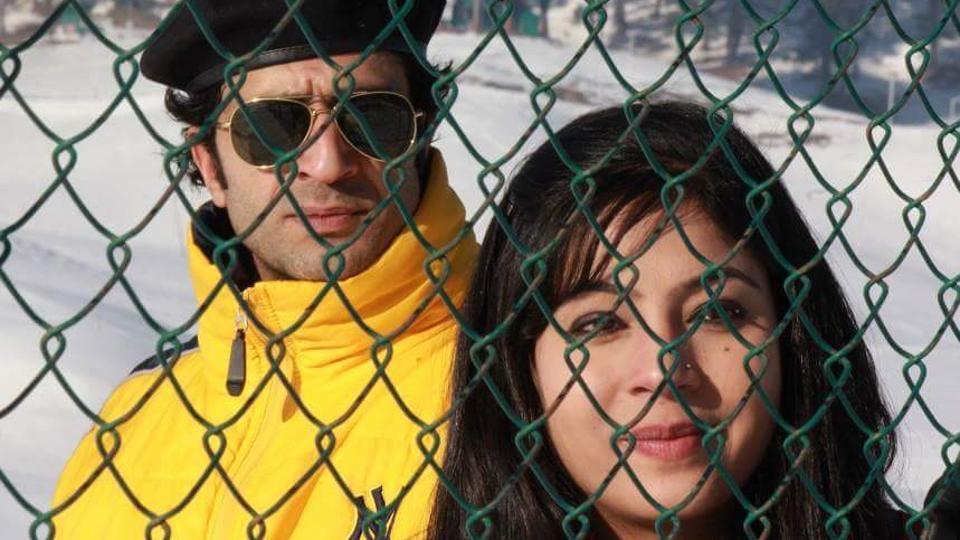Film aficionados in Kashmir won’t be able to watch it since no cinema in the Valley has been functional for close to two decades.
On January 4, for the first time in 45 years, a Kashmiri feature film shot and produced entirely in the Valley was released in cinemas outside Kashmir. Directed by actor and filmmaker, Hussein Khan, the plot of Kashmir Daily explores the themes of drug addiction and unemployment through the eyes of an investigative reporter, played by Mir Sarwar. Most of the film has been shot in Srinagar with a cast of 15 local actors. It released at PVR Sangam in South Delhi and Mumbai’s Infiniti Malad PVR, other than in smaller cities such as Udaipur in Rajasthan. In the bigger metropolises, it was part of a platform for new filmmakers in which once the movie is screened, its longevity at the theatre is decided by demand from moviegoers. But it got a full theatrical release in Jammu on January 19.
Unfortunately, film aficionados in Kashmir won’t be able to watch it since no cinema in the Valley has been functional for nearly two decades. In light of the spike in militancy and separatist violence in the region in the 1990s, the curtain came down on 19 cinemas in Kashmir, including nine in Srinagar. The precincts of many other cinemas have today turned into hospitals or flour mills. In 1999, three of them — Regal, Neelam and Broadway — reopened. But in September 1999, a grenade attack at Regal left one moviegoer killed and several injured.
The audience in the Valley has been starved of home-grown cinema all these years. Although Kashmir has provided the backdrop to many Bollywood blockbusters, cinema lovers in the Valley have to rely on pirated DVDs to watch films shot in the state’s picturesque locations. The release of Kashmir Daily could be a step towards nurturing Kashmir’s extinct film making industry. With luck, it will pave the way for movies with bigger budgets, better production values and layered story-lines. A greater number of local productions may also help break the stereotypical portrayal of Kashmiris in films. The magic of cinema may not immediately return to the Valley, but this at least could be seen as some sort of a start.




